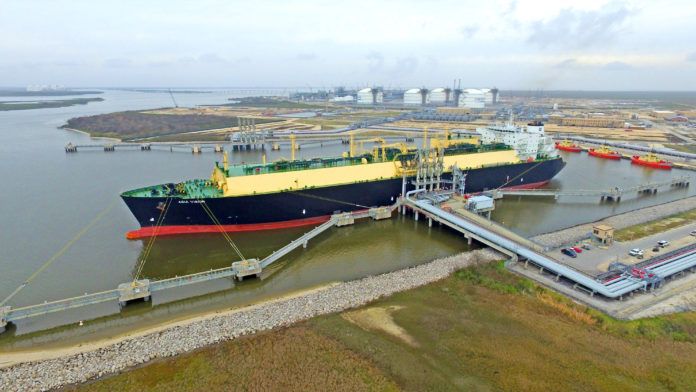A proposed marine berth expansion project to boost cargo exports at Cheniere Energy’s Sabine Pass LNG has drawn concerns from the National Marine Fisheries Service about the adequacy of fish habitat mitigation, S&P Global Platts reports.
The proposed Third Berth Expansion project would add two berths, each capable of supporting LNG tanker with capacities up to 266,000 cubic meters, allowing the developer to add about 180 LNG cargoes annually. That would bring the annual total potential cargoes to 580.
The additional marine berth is tied to Cheniere’s plan to build a sixth liquefaction train at the Sabine Pass Facility. Cheniere in June announced a final investment decision in Train 6, a key element of the largest U.S. LNG producer’s expansion plans.
According to the agency, which is part of the National Oceanic and Atmospheric Administration, the project area is designated as essential fish habitat for a variety of federally managed fishery species. Wetlands and other water resources in the area provide nursery and foraging habitats for economically important fisheries, it noted.
In a letter to the U.S. Army Corps of Engineers made public last week, NMFS cautioned that based on its preliminary assessment of aerial photography of the Louisiana Point Dredge Material Placement Area, the site where Cheniere proposes to place 3.6 million cubic yards of dredged material, that area “demonstrated very little habitat benefits from the applicant’s previous use of the site.”
Unless Cheniere can show “actual benefits” from past placements there, “the currently proposed use of this site should be considered an impact to 597.8 acres of [essential fish habitat] marine non-vegetated bottoms and marine water column,” NMFS said.
The Louisiana Department of Wildlife and Fisheries backed the use of dredged materials at the site.



